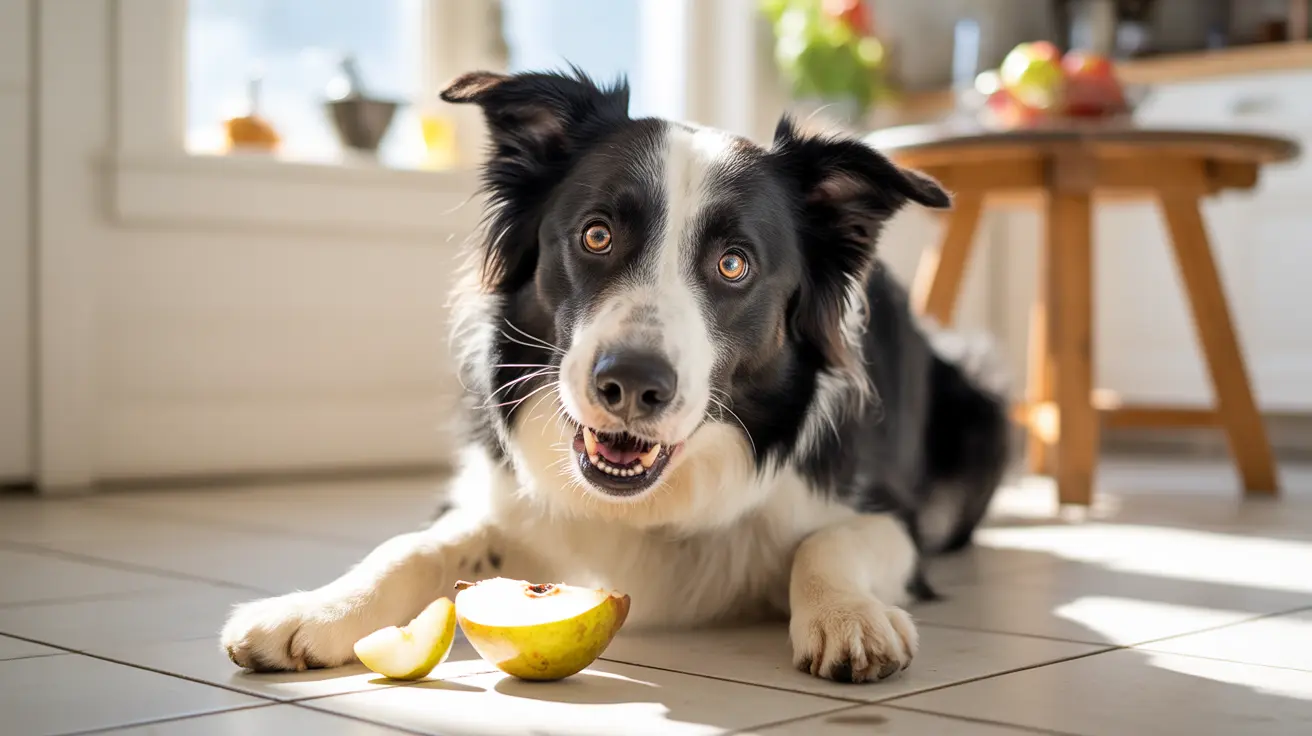Understanding the Downsides of Owning a Great Dane
Great Danes are often admired for their imposing stature and gentle disposition, earning them the nickname
"gentle giants". While they can make loving and loyal companions, owning a Great Dane also comes with a set of challenges that potential owners should carefully consider. Below, we explore the primary disadvantages of this breed, focused on health, maintenance, size, and lifestyle requirements.
1. Short Lifespan
One of the most significant drawbacks of owning a Great Dane is their
short lifespan. On average, they live between
7 to 10 years, which is considerably less than most other dog breeds. This shorter life expectancy can be emotionally difficult for families who form strong bonds with their pets.
2. Prone to Serious Health Issues
Great Danes are particularly vulnerable to a variety of
hereditary and structural health problems, many of which can be severe or even life-threatening:
- Gastric dilatation volvulus (bloat): A rapid-onset condition that can be fatal without immediate treatment.
- Hip dysplasia: A malformation of the hip joint that leads to arthritis and mobility issues.
- Wobbler syndrome: A neurological disorder causing cervical spine instability and symptoms like wobbly gait.
- Cardiomyopathy: Heart disease common in larger breeds that can lead to heart failure.
- Joint and bone diseases: Including osteosarcoma (bone cancer) and progressive joint degeneration.
Veterinary bills can mount quickly due to the need for
regular screening, treatments, and sometimes emergency care.
3. Expensive Upkeep
Maintaining a Great Dane is
costly due to several factors:
- Food costs: They require high amounts of premium-quality food designed for large or giant breeds.
- Healthcare expenses: As highlighted above, their medical needs can be extensive and costly.
- Accessories and equipment: Everything from beds to crates must be oversized and durable.
Prospective owners should budget accordingly before committing to this breed.
4. Space and Environment Constraints
Due to their considerable size—adult males can weigh up to
200 pounds (91 kg) and stand up to
34 inches (86 cm) tall—Great Danes require
ample indoor and outdoor space. They are not suitable for households with:
- Small or cluttered living areas
- Delicate furniture or fragile décor
- Individuals unable to manage a large, powerful dog
Even though they are adaptable and enjoy lounging indoors, they need enough space to move around comfortably.
5. Fragility During Growth
During the puppy and adolescent stages, Great Danes are
vulnerable to skeletal and joint damage. Their rapid growth requires:
- Controlled exercise: Avoid high-impact activities to protect their developing bones.
- Specialized nutrition: Diets must be formulated to support slow, steady growth and prevent orthopedic conditions.
This adds a layer of complexity to their care that many first-time dog owners may find challenging.
6. Training and Socialization Needs
Owing to their strength and size,
early obedience training and socialization are essential. Without it, even minor behavioral issues can become major problems. Training Great Danes requires:
- Consistency and patience: They respond best to positive reinforcement.
- Time commitment: Ongoing training is crucial for safe and manageable behavior.
In experienced hands, Great Danes thrive; however, owners must be committed and capable.
7. Sensitivity to Cold
With their short, thin coats, Great Danes are
vulnerable to low temperatures. In colder climates, they may require:
- Protective clothing like coats or sweaters
- Limited time outdoors during winter months
This sensitivity makes them less suitable for owners who live in cold regions without adequate indoor heating.
8. Poor Tolerance for Isolation
Great Danes are highly social and
do not tolerate long periods of being alone. Left isolated, they may develop:
- Separation anxiety
- Destructive behaviors such as chewing or digging
Owners with full-time jobs that leave the dog alone for extended hours should consider whether they can meet the breed's emotional needs.
9. Travel and Boarding Difficulties
Their
enormous size makes transporting them more difficult than smaller breeds. Tasks like traveling, staying in hotels, or boarding during vacations are often complicated and more expensive. Many boarding facilities may have limited accommodations for giant breeds.
10. Impact on Household Dynamics
Due to their size and excitement, Great Danes can inadvertently:
- Knock over children or elderly individuals
- Damage household items or narrow spaces
- Create challenges for those with mobility issues
Even with a calm temperament, their sheer presence can pose limitations in certain households.
Conclusion
While Great Danes are affectionate, elegant, and loyal companions, potential owners must be fully aware of the breed’s
considerable needs and liabilities. From a high risk of health problems and short lifespan to financial and lifestyle demands, owning a Great Dane is a substantial commitment. For those prepared for the responsibility, the rewards can be immense—but caution and planning are essential to ensure a healthy, happy life for both the dog and its owner.





